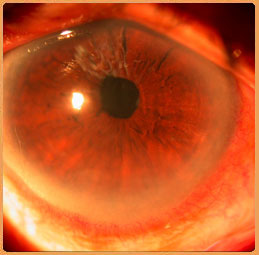- Home
- About Us
- Meet Our Team
- Facilities
- Services
- Expertise
- Anterior Lamellar Transplants
- Artificial Cornea
- Cataract Surgery In Children
- Complex Cataract Surgeries
- Corneal Infections
- Corneal Transplants In Children
- Dry Eye Disorders
- Keratoconus
- Lasik And Refractive Surgery
- Ocular Allergies
- Ocular Inflammation
- Ocular Surface Reconstruction
- Pterygium Management
- Secondary Iol Implants
- Sutureless Corneal Transplants
- Patient Information
- Academics
- Darshan Activites
- Contact Us
OCULAR SURFACE RECONSTRUCTION
The term ocular surface encompasses a wide variety of structures – the lids and lashes, the tear film, and the conjunctival and corneal epithelial compartments. The two distinct epithelial compartments are separated by a unique structure bordering the cornea – the limbus. Its importance is due to the fact that the stem cells of the corneal epithelium, which are responsible for the continued production of the corneal epithelium, are located here.
A variety of diseases can affect the limbus, resulting in its altered function – with consequent ocular surface disease. These can include injuries, immunological damage, tumors, surgeries, ill fitting contact lenses, and some systemic conditions. Some of these conditions also result in loss or shrinkage of the conjunctiva.
When such changes affect the ocular surface, the patient can experience episodes of redness, irritation, light sensitivity, watering, and ultimately loss of vision. With tumors, if left untreated, destruction of the eye and spread with threat to life can occur.
In some early conditions, including tumors, medical treatment may help. However, most of the conditions resulting in ocular surface disease and damage require surgical management. Such surgery is often technically complex and may require correction of lid and lash disorders, amniotic membrane transplantation, the use of antimitotic agents and limbal stem cell transfer.
With experience in this field in the past 20 years, Dr Srinivas K Rao performed one of the first limbal stem cell procedures in this country. He is experienced in the use of limbal stem cells from a fellow healthy eye of the patient, from living related donors, and from donor eyes. He also performs surgery for the treatment and eradication of ocular surface tumors.
He has a holistic approach to the management of Ocular Surface Diseases – which includes topical and systemic medical management, punctual plugs, lid margin mucus membrane grafts, lateral tarsorrhaphy, amniotic membrane and limbal stem cell transplants, and corneal replacement strategies including keratoprostheses, even for the treatment of end-stage disease.
Limbal deficiency before surgery
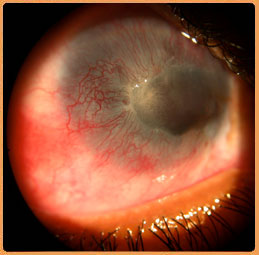
Limbal deficiency after Surgery
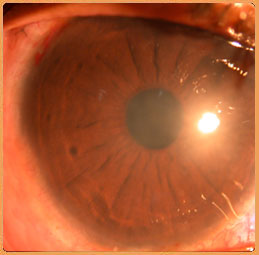
Persistent epithelial defect ( PED )
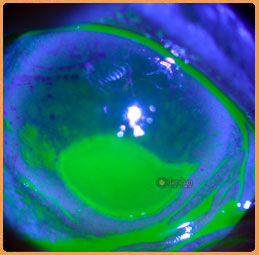
Advanced Pemphigoid
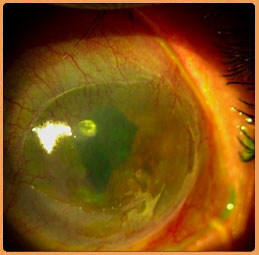
After Limbal graft LK
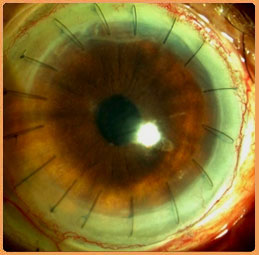
PED after medical therapy
